301081 Sustainable Design: Product Alternative Report and Analysis
VerifiedAdded on 2022/09/08
|9
|521
|20
Report
AI Summary
This report explores the development of sustainable product alternatives to address the environmental crisis caused by single-use plastics. It begins by identifying the problem and key stakeholders, including humans, the environment, society, and government. The scope involves designing products to reduce plastic usage, emphasizing innovation and technological advancements. The report details a conceptual development process, including a sustainable design checklist to evaluate product viability and environmental impact. It also includes stakeholder mapping, scope definition, and a SWOT analysis. The assignment concludes with a call for responsible behavior and a reduction in products and services that contribute to environmental imbalance. The report provides a comprehensive overview of the design process, stakeholder analysis, and sustainable practices.
1 out of 9
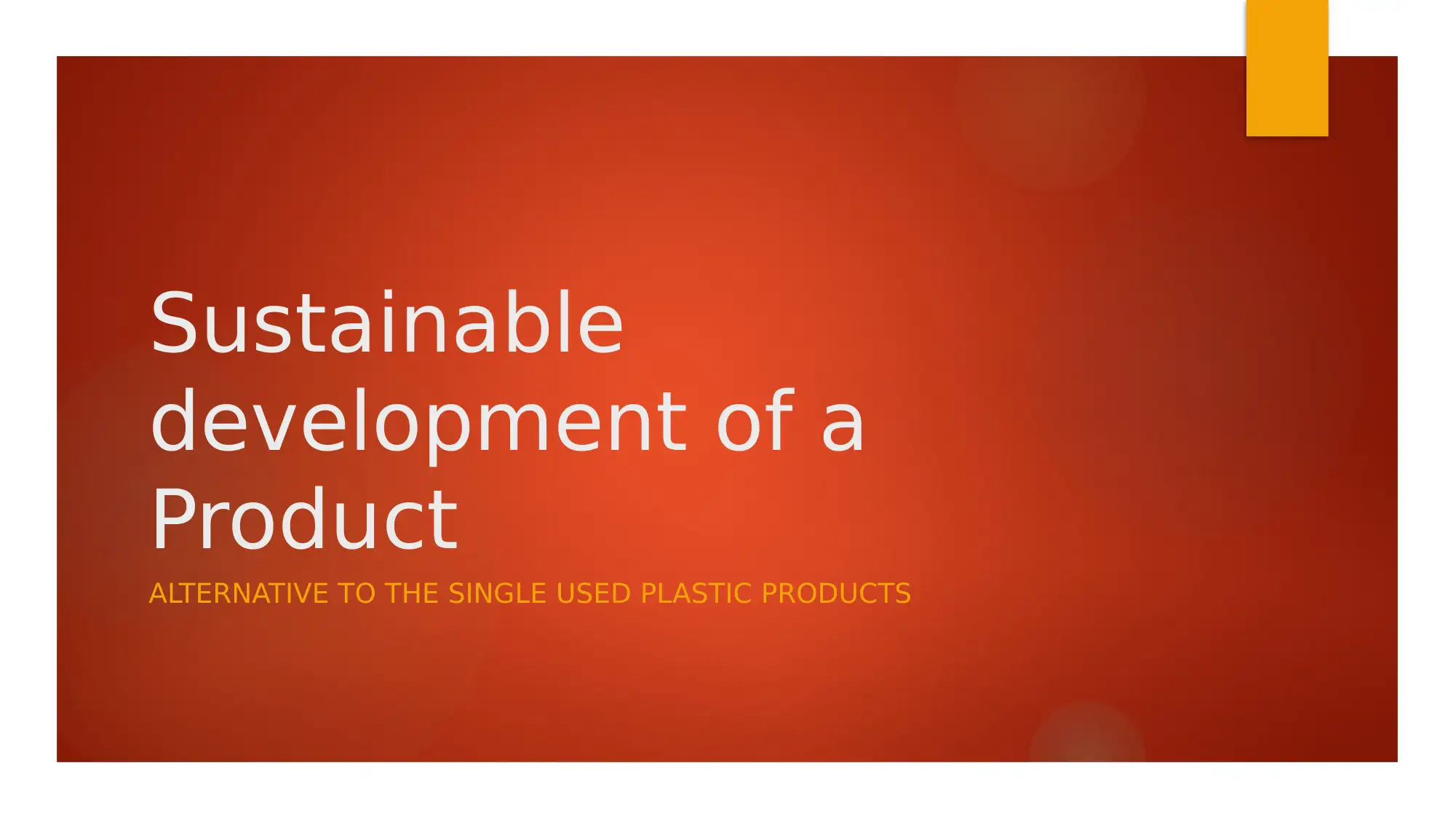
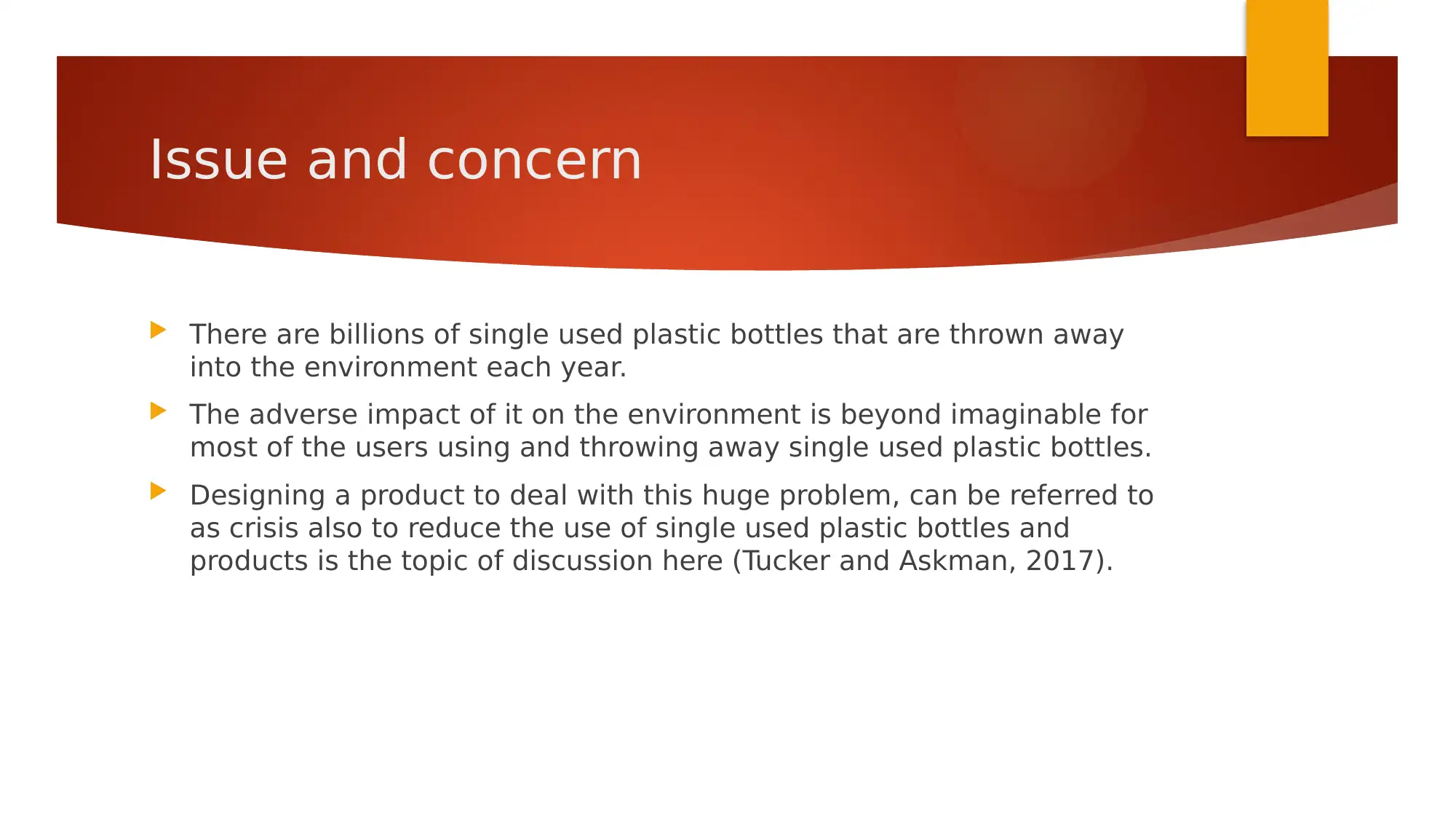
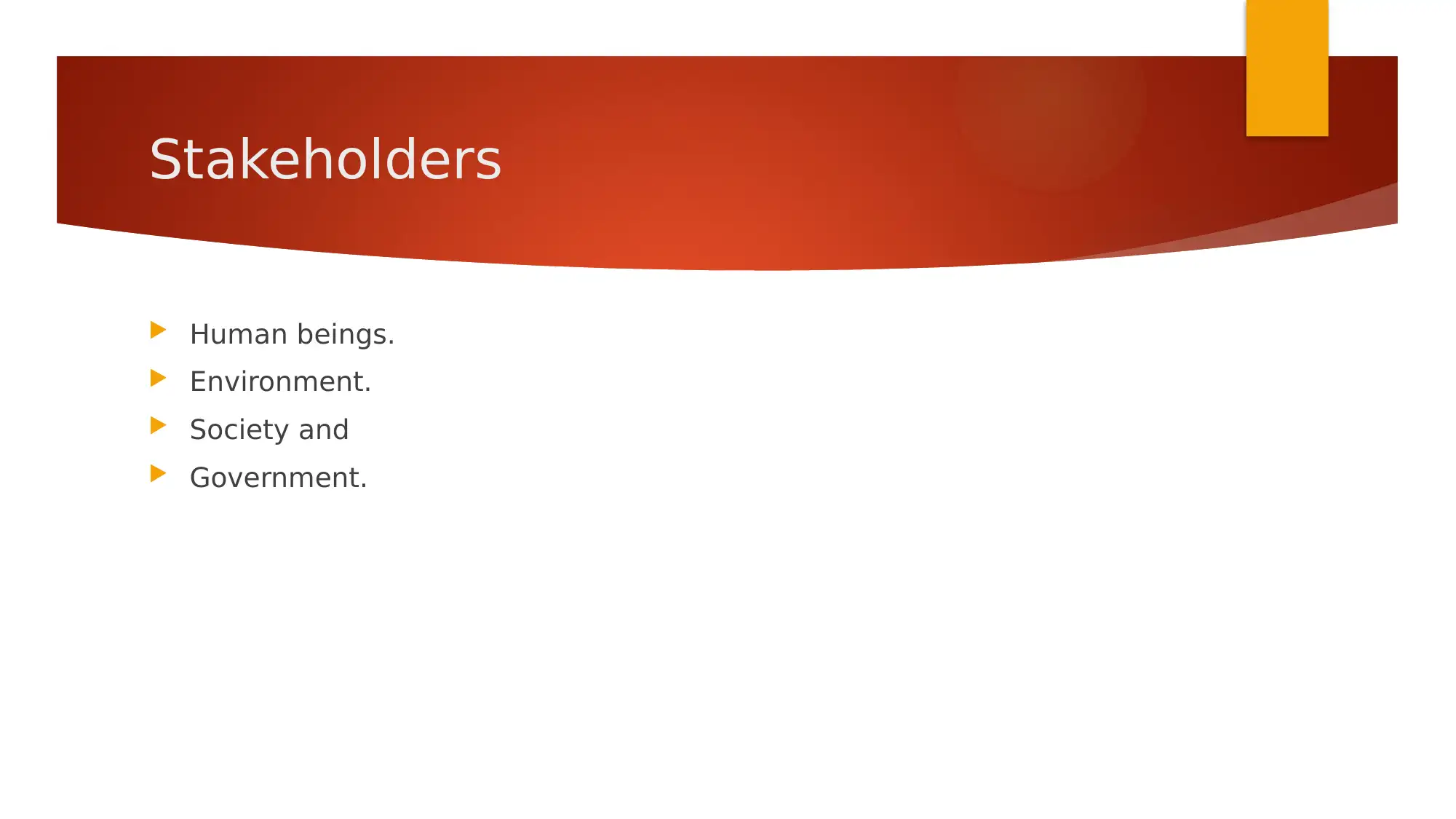

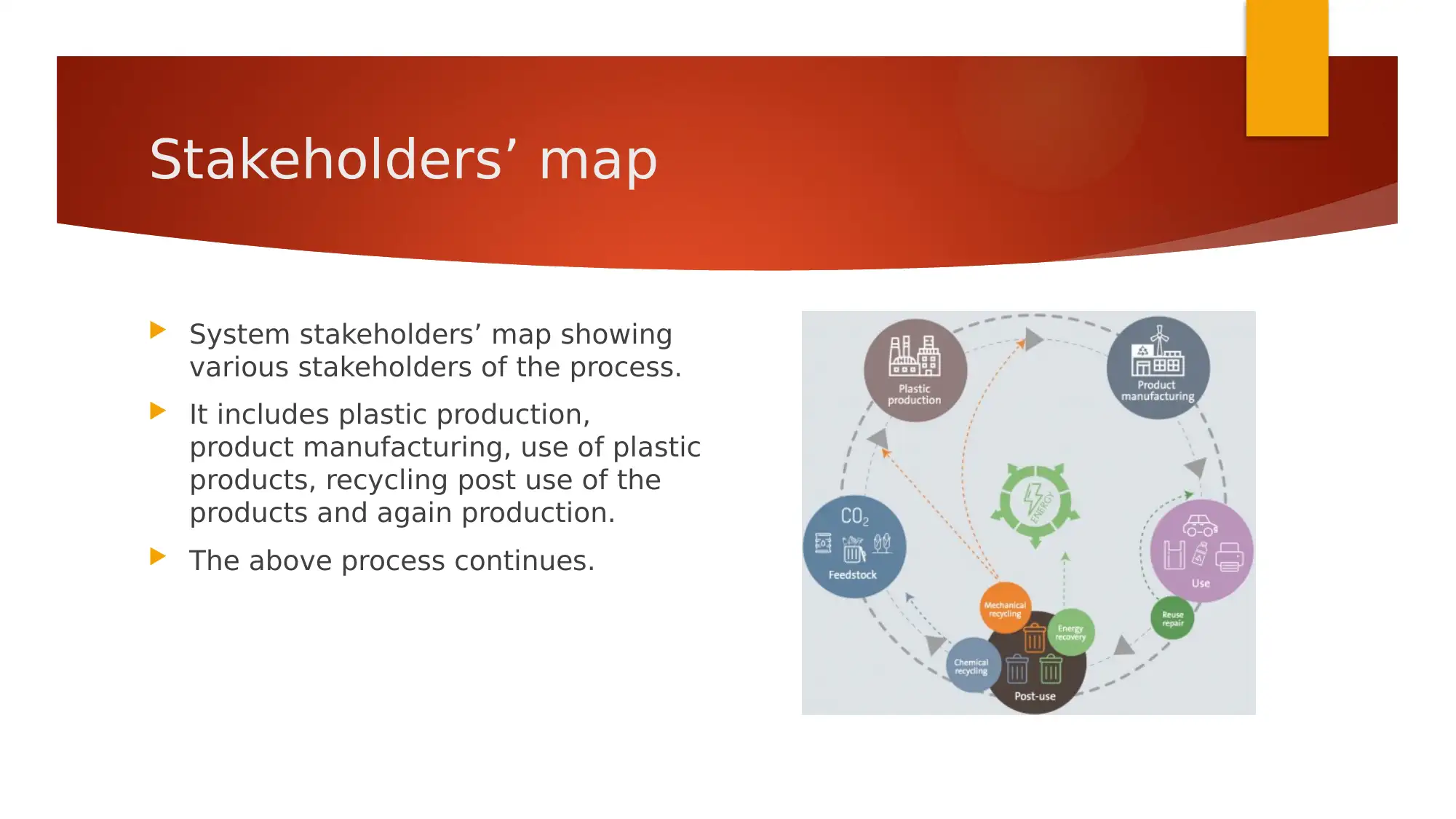
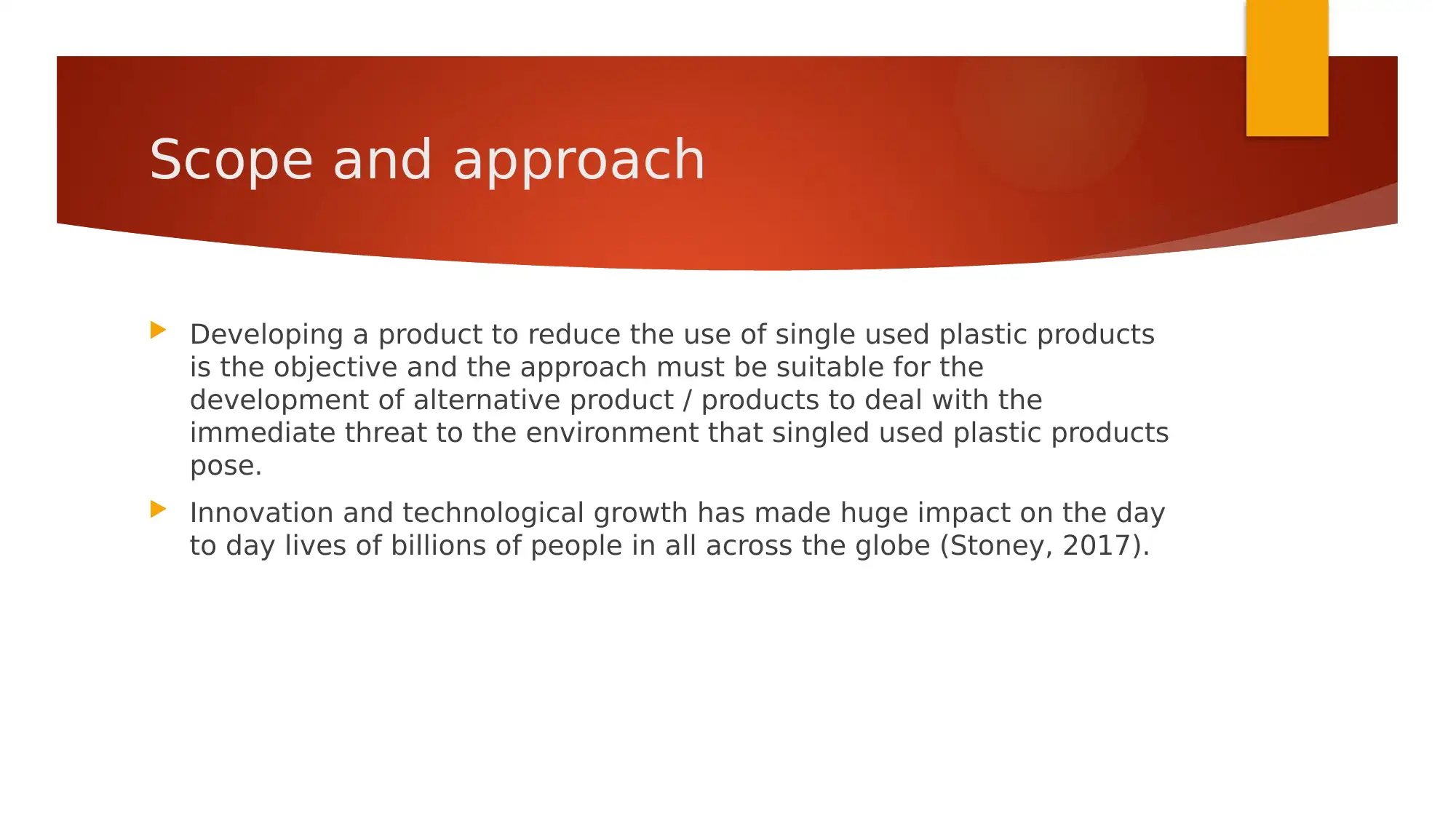
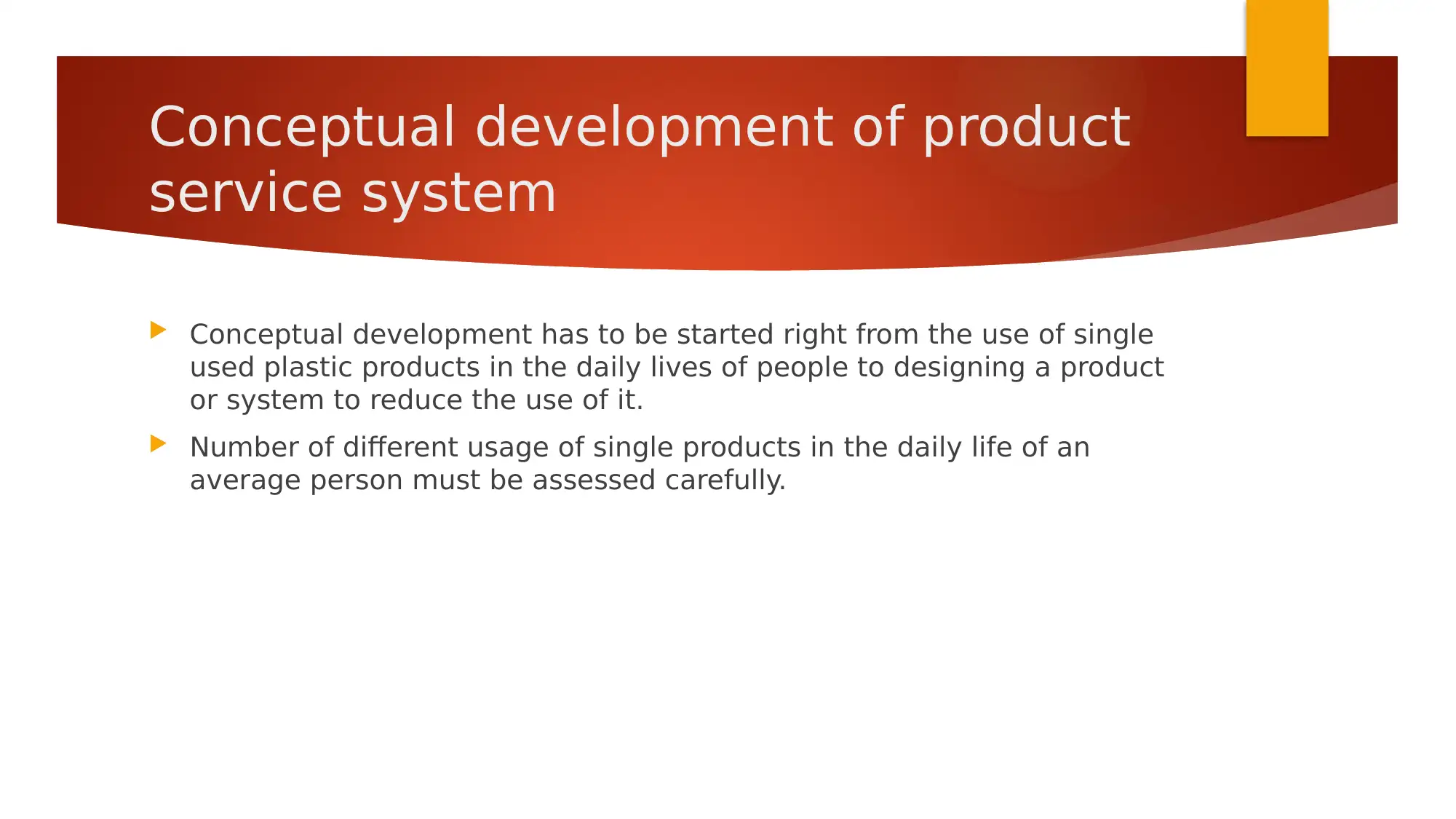
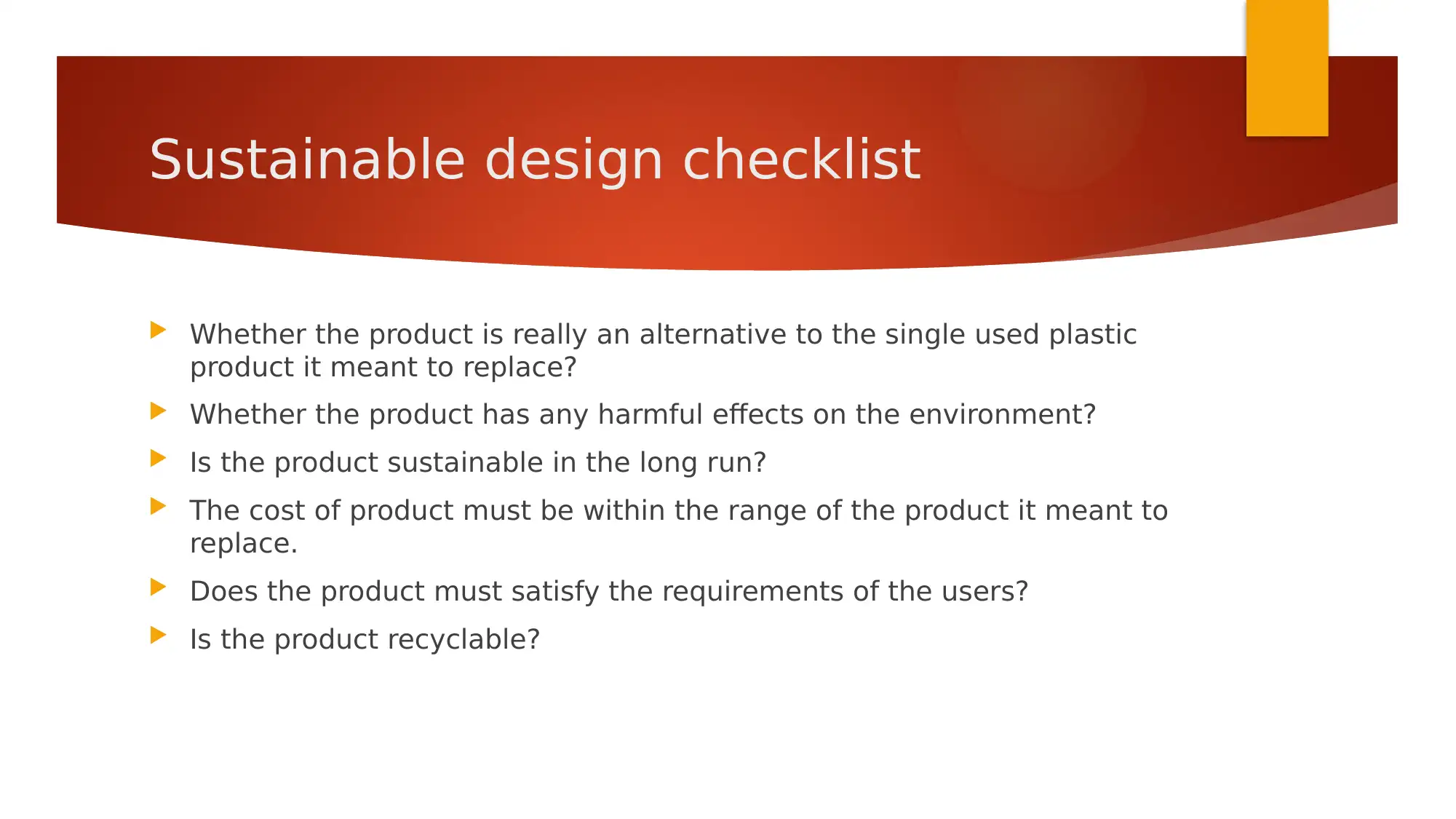
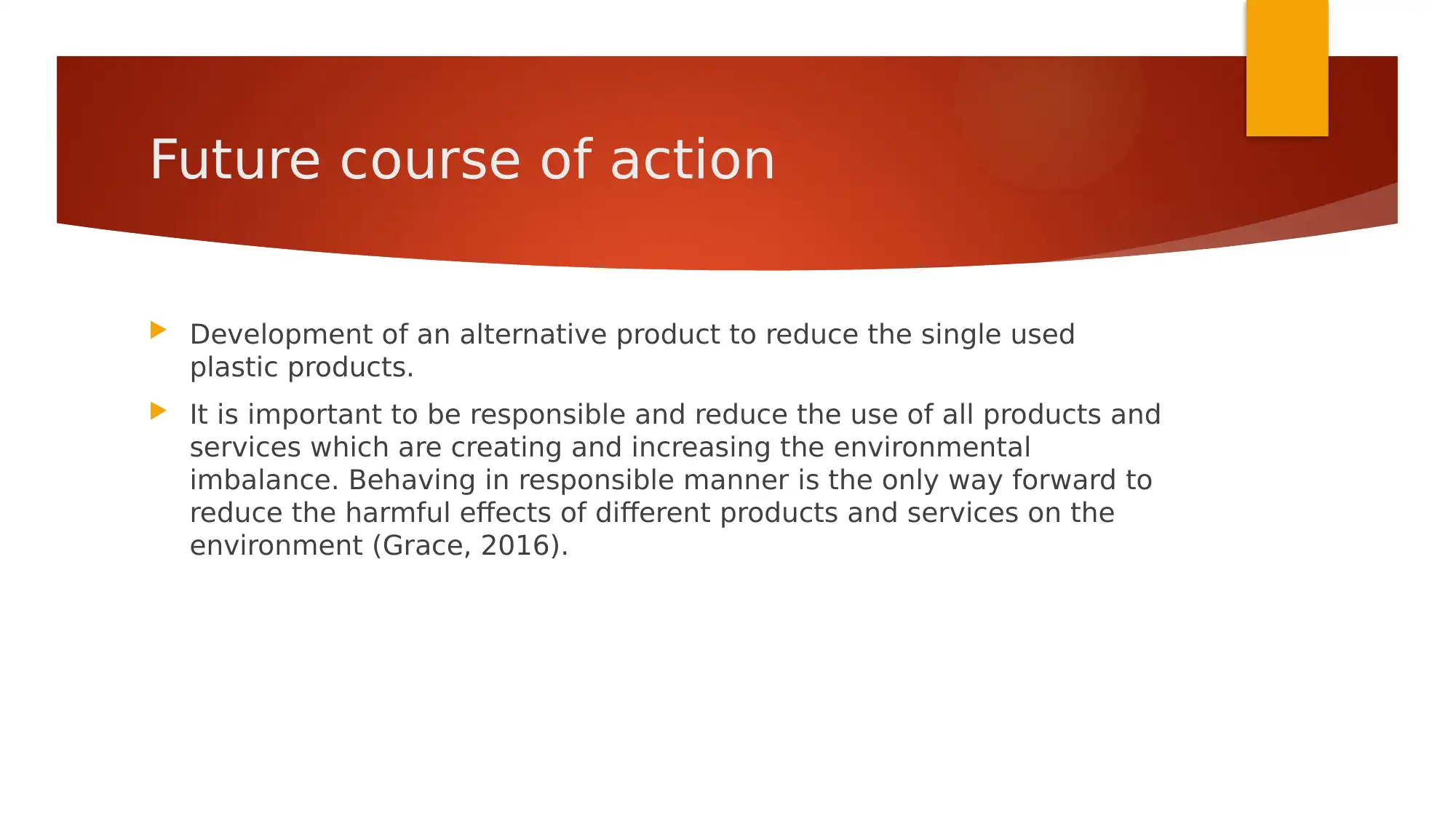
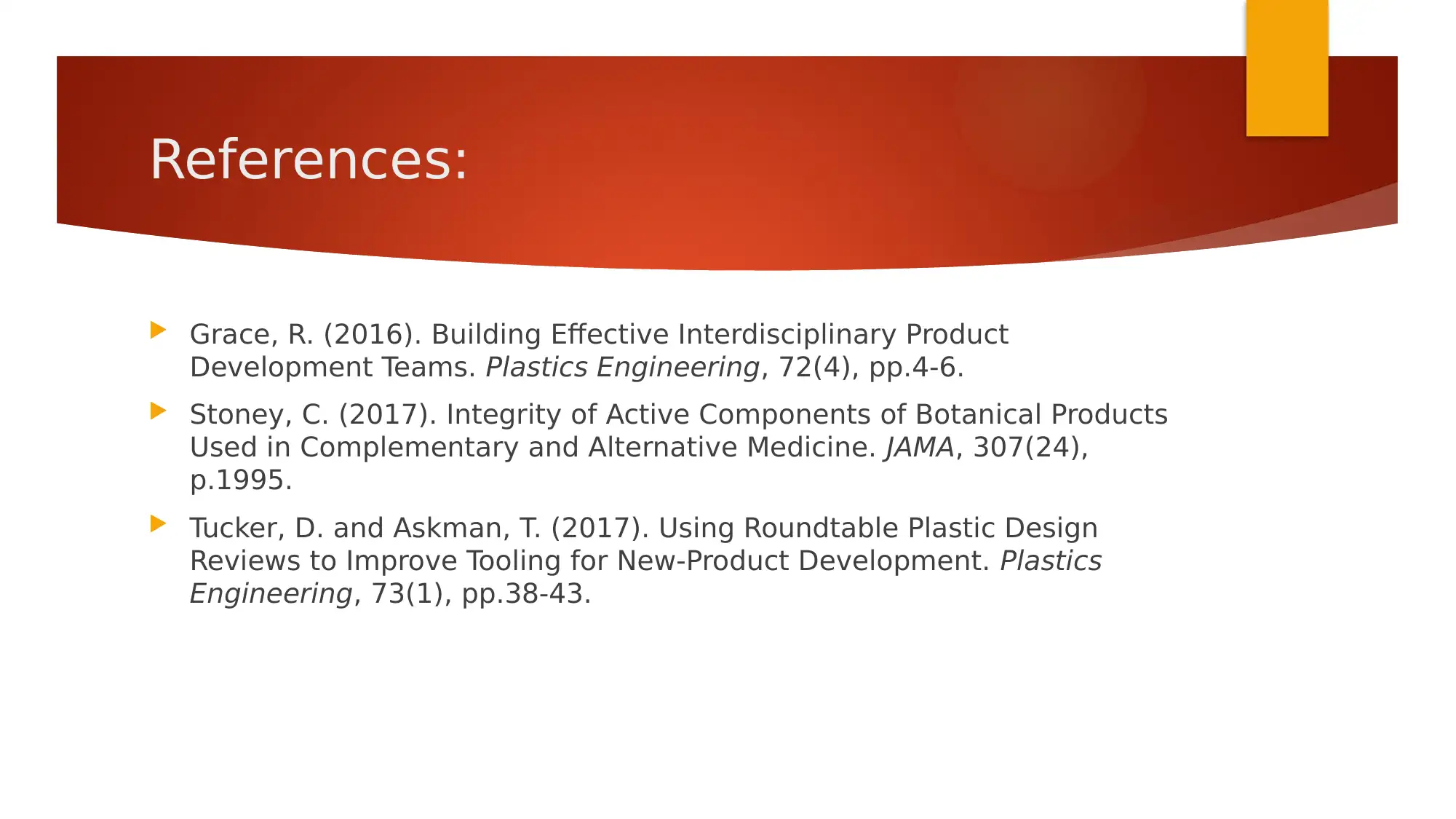






![[object Object]](/_next/static/media/star-bottom.7253800d.svg)